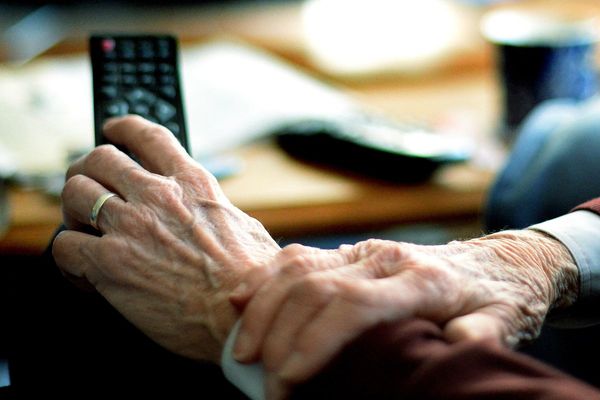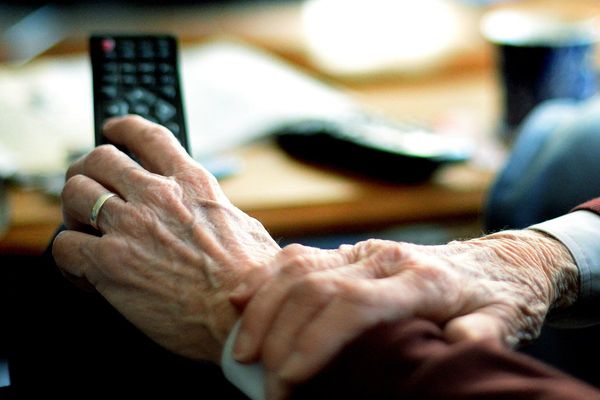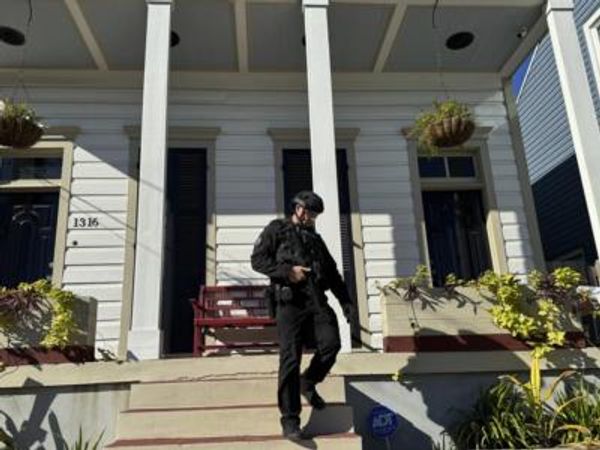
Twenty per cent of drowning deaths of older Australians happen after an unexpected fall into water.
A decade-long study by Royal Life Saving scrutinised almost 600 drowning deaths over a 10-year period of people aged 65 and older.
It highlights the need for older Australians to be vigilant around water and notes that in almost a quarter of cases, the person who drowned had impaired mobility.
It found 89 per cent of drownings involved a pre-existing medical condition, mainly cardiovascular disease (72 per cent) and dementia (22 per cent).
In the vast majority of cases, the person who drowned after falling into the water did so while at home or close to home.
Royal Life Saving researcher Alison Mahony said the data highlighted the need for older Australians to be careful around water at all times, rather than just when they went swimming or boating.
Of the 116 deaths where people fell into water, around a third drowned in a swimming pool and a further third drowned in a river or creek.
“Pre-existing medical conditions, medication use, impaired mobility and use of mobility aids, history of falls and environmental hazards all contributed to falls,” Ms Mahony said.
“In almost a quarter of cases, the person who drowned was known to have impaired mobility. In some cases, this presented as episodes of dizziness or light-headedness.”
In 19 per cent of cases an environmental hazard such as steep or slippery surfaces, poor lighting and trip hazards were present.
The largest number of deaths occurred in NSW (47 per cent), followed by Queensland (22 per cent).
Medication was known to be present in 60 per cent of deaths and blood alcohol concentration greater than or equal to 0.05 per cent in 19 per cent of deaths.
Royal Life Saving recommends older people attend regular medical check-ups with their doctor.







